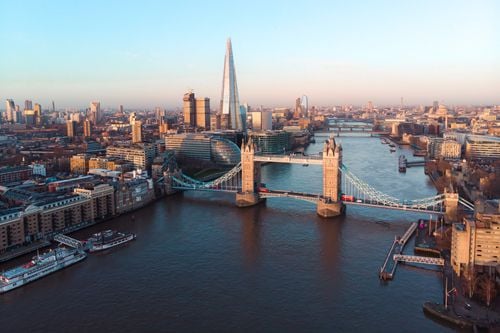Once a village known as Cheonghak-dong, this site was completely destroyed to build the village of Namsangol Hanok.
Located in the heart of Seoul near Myeongdong, the small historic village of Namsangol Hanok immerses visitors in a bygone era. Behind the village, the Namsam Tower can be seen as a backdrop. The village of Namsangol Hanok is a collection of five hanoks (traditional Korean houses) from the Joseon dynasty (1392-1910), salvaged from different parts of the city and relocated at the foot of Namsan Mountain. The interiors of each of these five houses reflect the middle class of the time, from high-ranking officials to nobles and aristocrats. In short, they are no longer inhabited but are used as show homes to present important personalities from the Joseon era.** For example, there is a reconstruction of the house of the parents of Queen Yun, who was Queen Consort to King Sunjong. In addition to the houses, traditional Korean activities such as archery and traditional shows take place throughout the year.
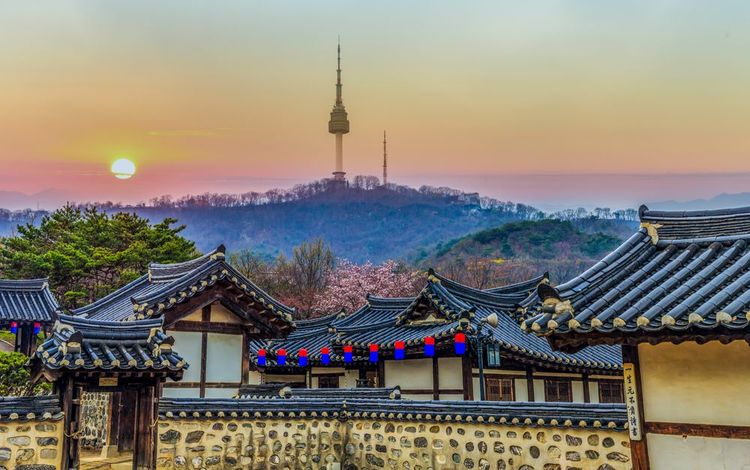
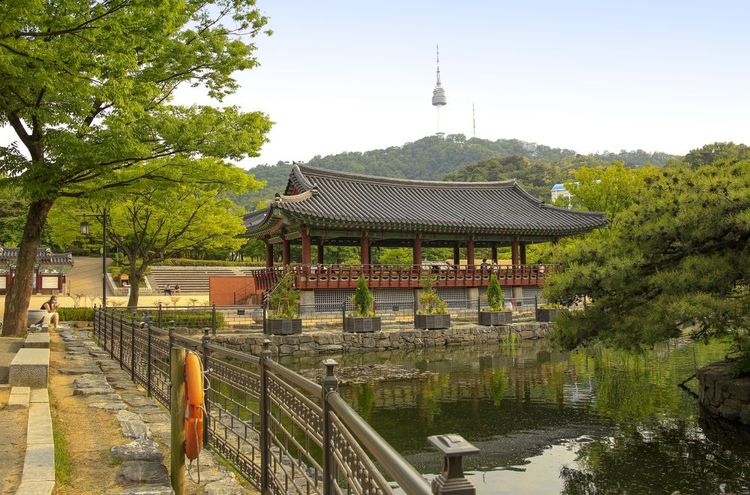
Afternoon view of a large pavilion by the pond with a pine tree and tourists against Seoul's N Tower at Namsangol Hanok Village
- © Stock for you / ShutterstockHistory of the place
Namsangol Korean Hanok Village opened in 1998 on the north side of Namsan Mountain, in the centre of the capital. The village features five restored traditional Korean houses, a pavilion, a traditional garden, an arts stage and a time capsule square, making it an ideal place for a cultural walk.
Right from the front door, visitors will get a taste of traditional life while escaping the bustle of city life. The traditional garden with its pavilion and traditional houses create a peaceful atmosphere in front of the wooded mountain of Namsan.
A little trivia: a time capsule commemorating Seoul's 600th anniversary was buried in 1994 at the highest point of the village and is due to be reopened 400 years later, in 2394.
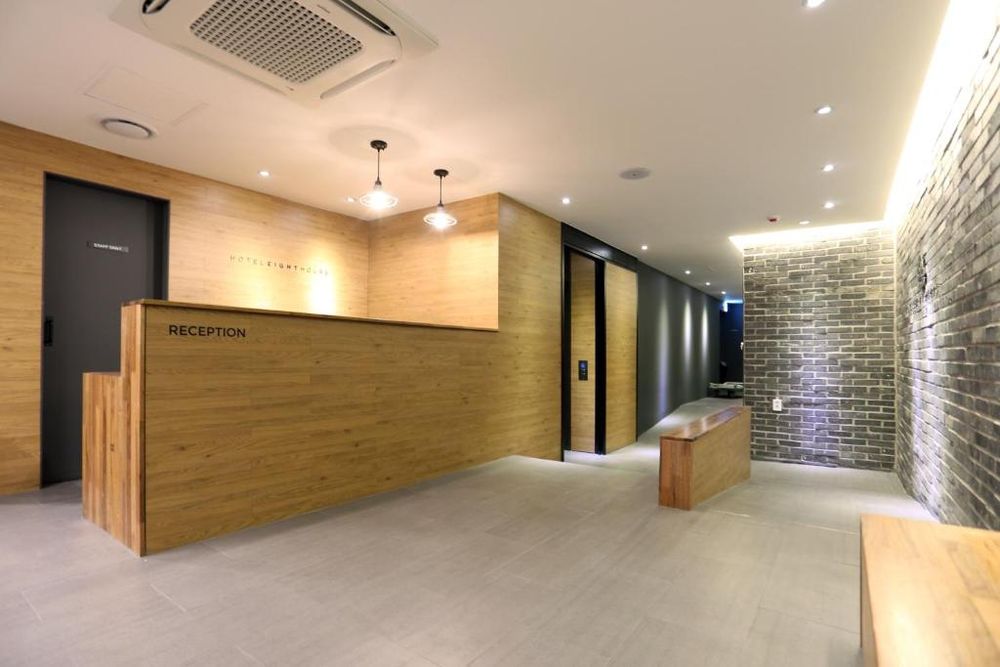 Seoul
Seoul
8 Hours Hotel
Nestled in the centre of Seoul, Hotel 8 Hours offers a common area equipped with printers and computers. It is a 5-minute walk from City Hall underground station.The five hanok houses have been renovated with inspiration from the traditional houses of the Joseon dynasty and across a wide range of social classes, from peasants to aristocrats. The furnishings of the houses plunge us into the daily life of the past, through antique objects and furniture.
To protect this fragile heritage, only one of the hanok houses is open to the public. The Yoon-ssi house in Okin-dong has been converted into a tea room, where visitors can enjoy traditional refreshments.
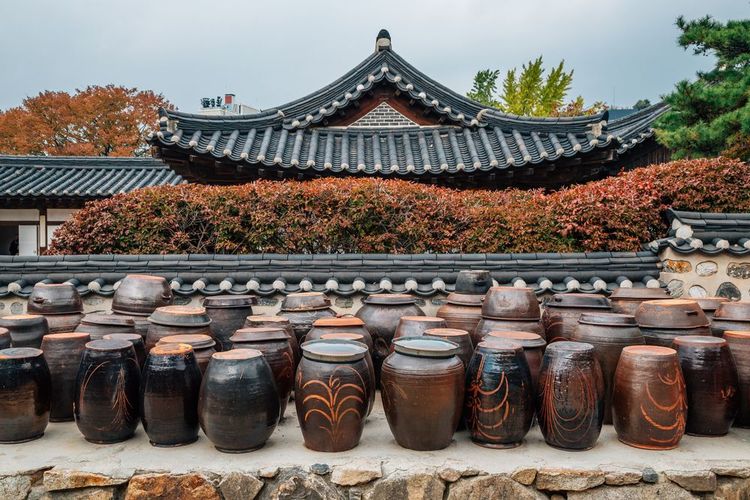
Jangdokdae, traditional Korean croquettes or jars at Namsangol Hanok village in Seoul
- © Sanga Park / ShutterstockFun and cultural activities
Namsangol village also has many traditional programmes and activities to take part in. The traditional programme includes wearing hanbok, folding hanji (traditional Korean paper), jangdokdae (the traditional Korean jar), writing in Korean, the traditional tea ceremony and experiencing herbal medicine (learning how to use medicinal plants to maintain or improve your health on a daily basis).
Traditional games such as yutnori (a traditional board game) or a walk with a tourist guide are also available on site.
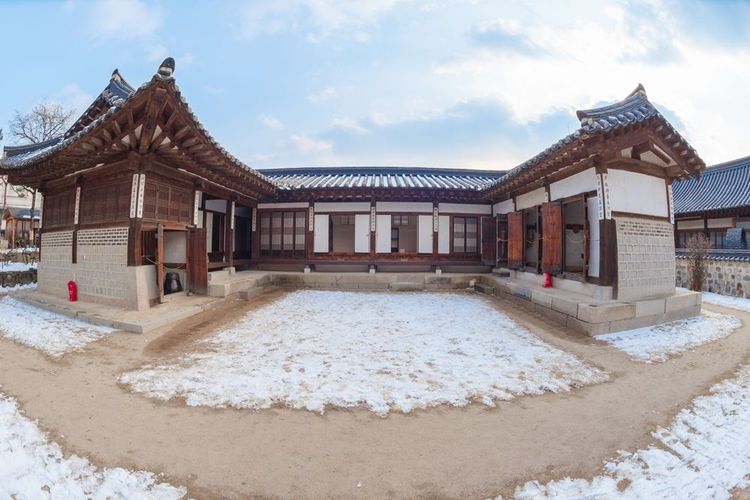
The famous village of Namsangol Hanok is a traditional Korean village located in the Namsan valley, in the Pil-dong district.
- © MarudTravelPhoto / ShutterstockMore information on the five houses:
The House of the Carpenter Yi Seungeop
This house was built by Yi Seungeop, a master carpenter who worked on the reconstruction and restoration of Gyeongbokgung Palace in 1867. The house was originally located at 36-2 Samgak-dong, Jung-gu in central Seoul, near Cheonggyecheon Stream.
The house of Gim Chunyeong
The Gim Chunyeong House, originally located at 125-1 Samcheong-dong, Jongno-gu in northern Seoul, was built by Gim Chunyeong for his family around 1890. The Gim family has used this house continuously over the years. The last person to live here was Gim Honggi, Gim Chunyeong's grandson.
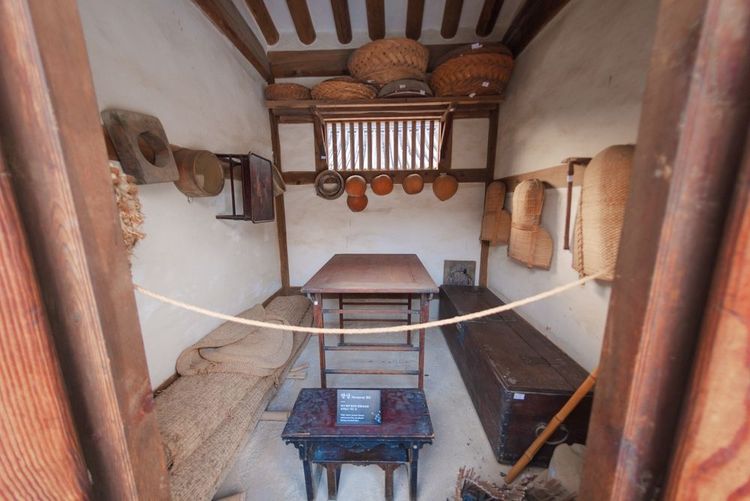
The Min family home
The Min family house in Gwanhun-dong has spacious rooms and a large kitchen, proving the superior class of the owners. Previously found in Gwanhun-dong, this house was in its heyday between 1852 and 1935. Unfortunately, there were only two structures left to move, as the new owner dismantled the other parts of the house.
The Yun family house
This building is a replica of the Yun family house built around 1910 and is located at 47-133, Ogin-dong to the west of Gyeongbokgung Palace. Yun Deokyeong, who owned the land at the time, was the uncle of Empress Sunjeonghyo, wife of Emperor Sunjong.
Yun Taekyeong Prison
This house is said to have been built in 1906 by Haepung Buwongun Yun Taekyeong after his daughter, Empress Sunjeong, became Crown Princess. It is one of the most important houses in the village as it was built by the father-in-law of Emperor Sunjong.
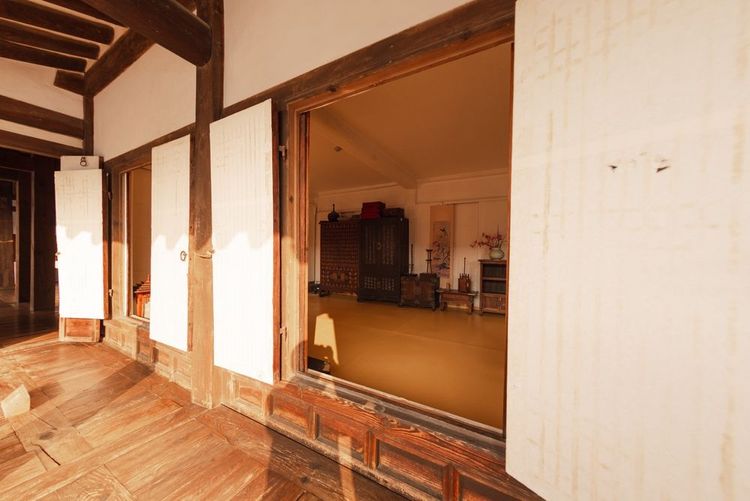
Practical information
👛 Admission: Admission is free!
🚌 Getting there: take metro lines 3 and 4 to Chungmuro station (exit 3 or 4), walk along the road near Zemidong (150 metres) to get to the village.


